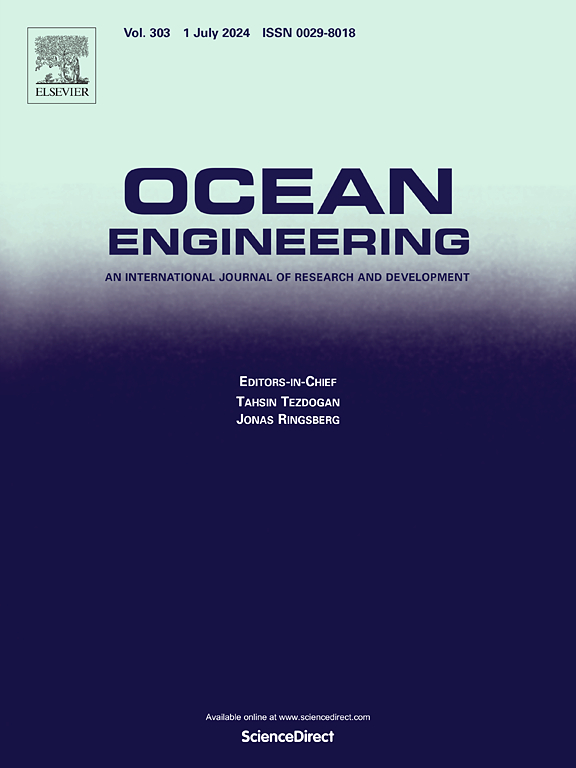阿基米德螺杆水力透平的性能特点
IF 5.5
2区 工程技术
Q1 ENGINEERING, CIVIL
引用次数: 0
摘要
阿基米德螺旋水动力涡轮机(AST)因其在收集河流和潮汐能方面的潜在适用性而引起了相当大的兴趣。涡轮非常适合于双向流动、低速流动和浅水水道。由于AST是一项相当新的水力技术,因此关于其设计和性能优化的文献很少。本研究通过实验研究了AST的扭矩和发电特性。在水洞中测试了具有一个、两个和三个叶片的实验室尺寸涡轮模型,以测量不同流速和不同倾角(β)时的扭矩和角速度。当叶尖速比(λ)为0.52、流速(U∞)为0.45 m/s、β = 30°时,两段涡轮的最大性能系数(CP)为0.41。对于3次飞行的涡轮,CP值也在30°时达到最大值(λ = 0.53时为0.40)。对于单次飞行的涡轮,在β为28°、λ为0.30时的最大CP为0.23。结果还显示了扭矩的时变波动,随着飞行次数的增加,其幅度减小。研究发现,无论飞行次数如何,波纹每转一圈就会发生一次,而不是每飞行一次。本文章由计算机程序翻译,如有差异,请以英文原文为准。
Performance characteristics of the Archimedes screw hydrokinetic turbine
The Archimedes Screw hydrokinetic turbine (AST) is garnering considerable interest because of its potential applicability in harvesting river and tidal energy. The turbine is well suited to bi-directional flows, low-velocity flows, and shallow watercourses. Because the AST is a reasonably new hydro-technology, very little literature is available on its design and performance optimization. This study experimentally investigates the torque and power generation of the AST. Laboratory scale turbine models with one, two, and three flights (blades) were tested in a water tunnel to measure torque and angular velocity at different flow velocities and varying inclination angles () of the turbine. A maximum coefficient of performance () of 0.41 was obtained at a tip speed ratio () of 0.52 at a flow velocity () of 0.45 m/s and = 30 for a turbine with two flights. In the case of the 3-flight turbine, the highest value of was also obtained at 30 (0.40 at = 0.53). For the 1-flight turbine, a maximum of 0.23 was obtained at a of 28 and of 0.30. The results also showed a time-varying fluctuation in the torque, which reduced in magnitude with an increase in number of flights. The ripple was found to occur once-per-revolution and not once-per-flight, irrespective of the number of flights.
求助全文
通过发布文献求助,成功后即可免费获取论文全文。
去求助
来源期刊

Ocean Engineering
工程技术-工程:大洋
CiteScore
7.30
自引率
34.00%
发文量
2379
审稿时长
8.1 months
期刊介绍:
Ocean Engineering provides a medium for the publication of original research and development work in the field of ocean engineering. Ocean Engineering seeks papers in the following topics.
 求助内容:
求助内容: 应助结果提醒方式:
应助结果提醒方式:


